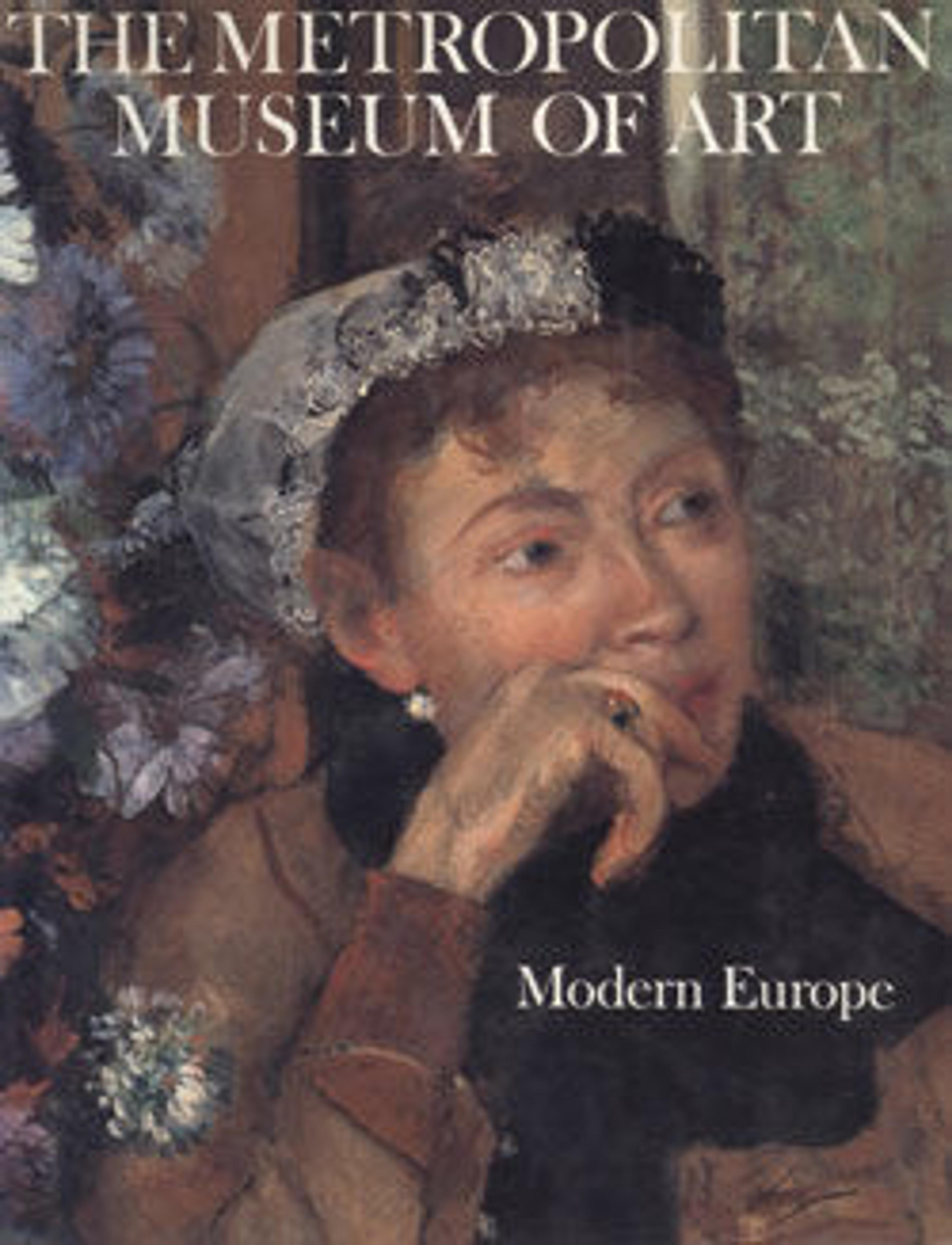Meret Oppenheim at the Printing Wheel
In the 1910s the photographer and painter Man Ray had been an instigator of Dada in New York City. Like many others, he was drawn to Paris in the early 1920s and soon replaced the randomness and irrationality of Dada with the fantasy and incongruity of Surrealism. Through his innovative use of photography, Man Ray carved a niche for himself in avant-garde Parisian circles and contributed a distinct visual character to a movement that was firmly grounded in literary and psychoanalytic theory. Here, Meret Oppenheim, a German-born Swiss Surrealist artist soon to be known for her 1936 Breakfast in Fur (a sculptural assemblage of a fur-covered teacup), poses nude and inked beside the flywheel of a printing press. Published in the Surrealist journal Minotaure, the image forged Oppenheim’s reputation as the muse of the Parisian Surrealists.
Artwork Details
- Title: Meret Oppenheim at the Printing Wheel
- Artist: Man Ray (American, Philadelphia, Pennsylvania 1890–1976 Paris)
- Date: 1933
- Medium: Gelatin silver print
- Dimensions: 12.1 x 17.8 cm (4 3/4 x 7 in.)
- Classification: Photographs
- Credit Line: Purchase, The Horace W. Goldsmith Foundation Gift, through Joyce and Robert Menschel, 1986
- Object Number: 1986.1015
- Rights and Reproduction: © 2025 Artists Rights Society (ARS), New York
- Curatorial Department: Photographs
More Artwork
Research Resources
The Met provides unparalleled resources for research and welcomes an international community of students and scholars. The Met's Open Access API is where creators and researchers can connect to the The Met collection. Open Access data and public domain images are available for unrestricted commercial and noncommercial use without permission or fee.
To request images under copyright and other restrictions, please use this Image Request form.
Feedback
We continue to research and examine historical and cultural context for objects in The Met collection. If you have comments or questions about this object record, please contact us using the form below. The Museum looks forward to receiving your comments.
